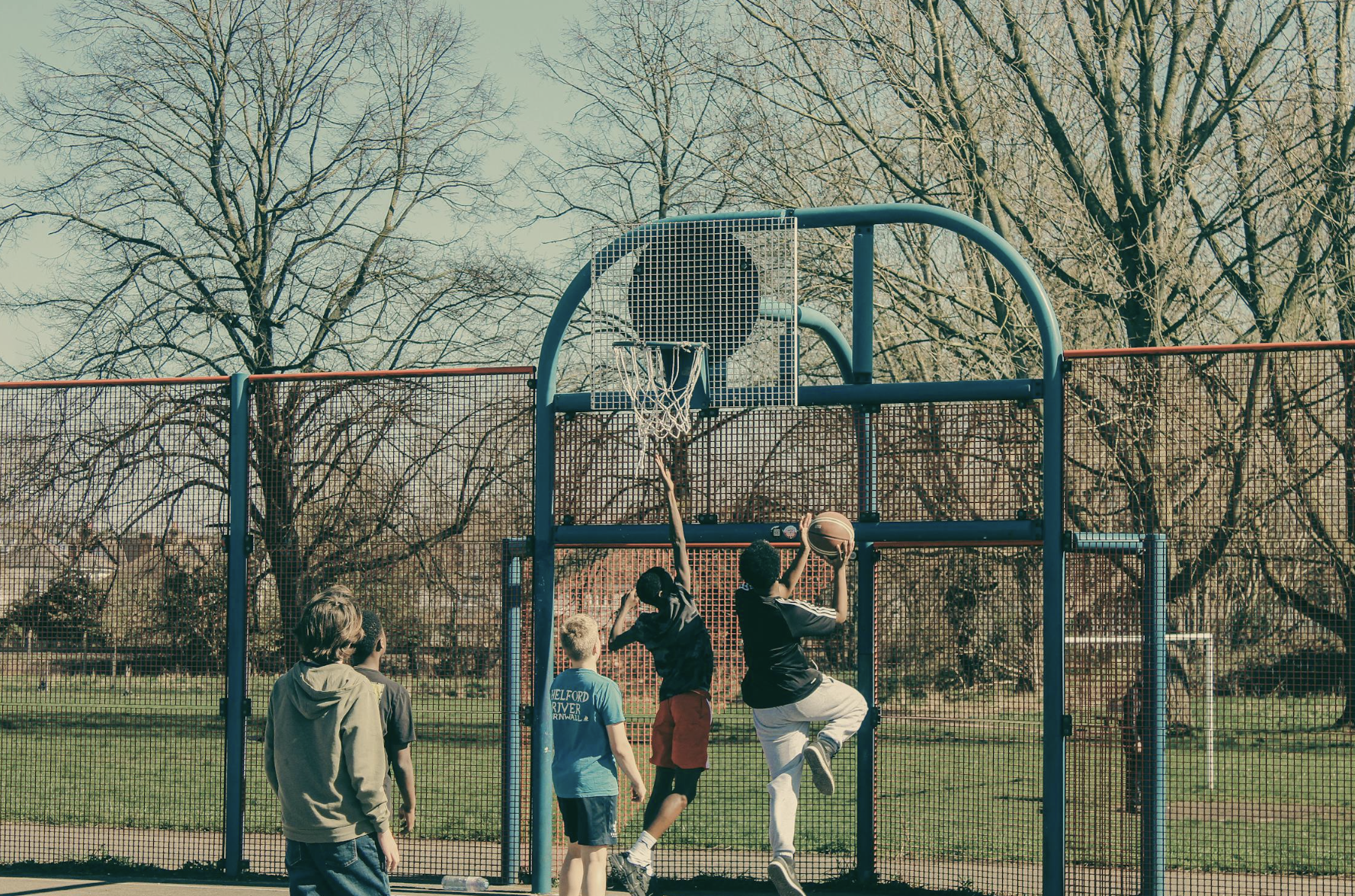March 15, 2024
Equity in implementation research: Grade 5 ACT-i-Pass Program
Blog 4
Obidimma Ezezika

I had the opportunity to learn about the Grade 5 ACT-i-Pass Program from Dr. Jason Gilliland, a member of the Department of Geography and Environment at Western University. The program, which was launched in 2013, aims to reduce physical inactivity among children. It offers a pass to grade 5 residents of London, granting them access to a variety of activities, such as swimming and basketball, from participating service providers, like the YMCA and Boys & Girls Club of London. The pass also allows students a ‘plus one’, such as a friend or family member, at no cost.
The more I learned about the program, the more I realized how it mirrored elements postulated by Baumann & Cabassa1 on reframing aspects of implementation science to address inequities. These elements include: 1) focus on reach from the very beginning; 2) design and select interventions for vulnerable populations and low-resource communities with implementation in mind; 3) implement what works and develop implementation strategies that can help reduce inequities in care; 4) develop the science of adaptations; and 5) use an equity lens for implementation outcomes.
Let us briefly review these five elements and see how they apply to the Grade 5 ACT-i-Pass program.
1) Focus on reach from the very beginning
This involves the inclusion of vulnerable populations early on in the project. The Act-i-Pass program service was specifically designed for vulnerable groups, including low-income, visible minorities, and recent immigrants. Moreover, selection of the participating service providers took geographic accessibility for these groups into account.
2) Design and select interventions for vulnerable populations and low-resource communities with implementation in mind
To address low physical activity among low-resource communities, any chosen intervention must be cost-effective. The ACT-i-Pass program meets this criterion by being free of charge, thereby increasing enrollment and engagement among vulnerable populations.
3) Implement what works and develop implementation strategies that can help reduce inequities in care
The intervention works. However, what strategies did the program use to reduce inequities? It employed several methods, such as improving mobility options by providing free transportation, like the Boys & Girls Club of London bus, and advertising these strategies to significantly increase a child’s reach and economic access to the intervention.2
4) Develop the science of adaptations
The intervention is adapted to account for information accessibility, economic accessibility, and geographic accessibility by asking critical questions about how the program can adapt to these accessibility dimensions.2
5) Use an equity lens for implementation outcomes
Using an equity lens involves identifying factors and mechanisms that may contribute to inequities in implementation outcomes. Several studies around the Act-i-Pass program do just that by considering systemic barriers related to gender, visible minorities, and parental support, 2,3,4 and adapting the intervention to improve equity.
It is exciting to see the research and implementation of projects such as the Grade 5 ACT-i-Pass grounded in fostering equity and overcoming systematic barriers.
References
- Baumann, A. A., & Cabassa, L. J. (2020). Reframing implementation science to address inequities in healthcare delivery. BMC health services research, 20(1), 190. https://doi.org/10.1186/s12913-020-4975-3
- Clark, A. F., Campbell, J., Tucker, P., Wilk, P., & Gilliland, J. A. (2019). If You Make it Free, Will They Come? Using a Physical Activity Accessibility Model to Understand the Use of a Free Children’s Recreation Pass. Journal of physical activity & health, 16(7), 493–503. https://doi.org/10.1123/jpah.2018-0364
- Clark AF, Wilk P, Mitchell CA, Smith C, Archer J, Gilliland JA. Examining How Neighborhood Socioeconomic Status, Geographic Accessibility, and Informational Accessibility Influence the Uptake of a Free Population-Level Physical Activity Intervention for Children. American Journal of Health Promotion. 2018;32(2):315-324. doi:1177/0890117117718433
- Taylor, L. G., Clark, A. F., & Gilliland, J. A. (2018). Context Matters: Examining children’s perceived barriers to physical activity across varying Canadian environments. Health & place, 54, 221–228. https://doi.org/10.1016/j.healthplace.2018.10.002
